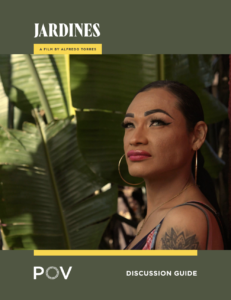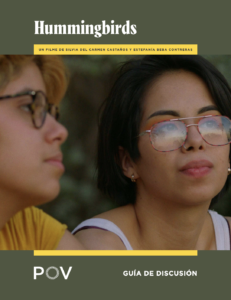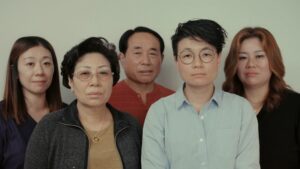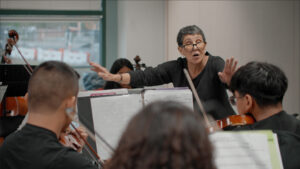
Bulls and Saints Discussion Guide
At a glance
Film summary
Introduction
This guide is an invitation to dialogue. It is based on a belief in the power of human connection and designed for people who want to use Toros y Santos (Bulls and Saints) to engage family, friends, classmates, colleagues, and communities. In contrast to initiatives that foster debates in which participants try to convince others that they are right, this document envisions conversations undertaken in a spirit of openness in which people try to understand one another and expand their thinking by sharing viewpoints and listening actively.
The discussion prompts are intentionally crafted to help a wide range of audiences think more deeply about the issues in the film. Rather than attempting to address them all, choose one or two that best meet your needs and interests. And be sure to leave time to consider taking action. Planning next steps can help people leave the room feeling energized and optimistic, even in instances when conversations have been difficult.
For more detailed event planning and facilitation tips, visit https://communitynetwork.amdoc.org/.
Credits & Acknowledgements
ABOUT THE AUTHOR
Miguel Rojas-Sotelo, Ph.D., works at the intersection of ethnic/Indigenous studies, environmental and health humanities, critical human geography, and border cultural theory. As a scholar, filmmaker, visual artist, and media activist, he studies how Indigenous (settled or displaced) and natural spaces are shaped by modernity and how they mobilize to adapt and resist. He is particularly interested in how Indigenous communities articulate their archival knowledge, racial and class politics, and the spatiality of those processes and how they are manifested in the landscape via visual, audiovisual, oral, and textual narratives.
DISCUSSION GUIDE PRODUCERS
Courtney B. Cook, Phd | Education Manager, POV
C. Rees | Education Editor, POV
THANKS TO THOSE WHO REVIEWED AND CONTRIBUTED TO THIS RESOURCE
Natalie Danford | Copyeditor
 Jardines Discussion Guide
Jardines Discussion Guide  Hummingbirds Discussion Guide (Spanish)
Hummingbirds Discussion Guide (Spanish)  Between Goodbyes
Between Goodbyes  La Orquesta
La Orquesta